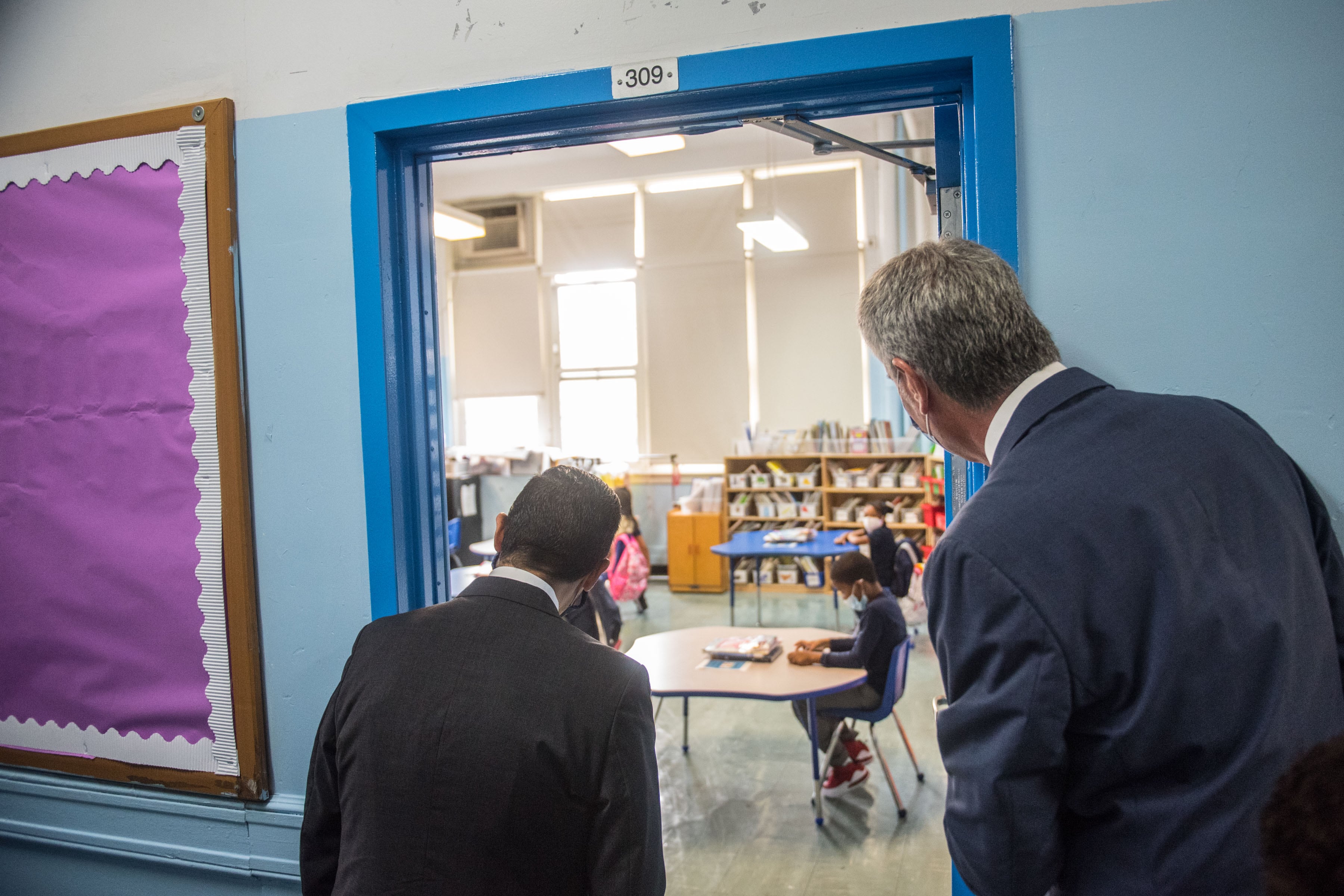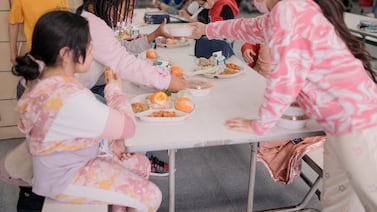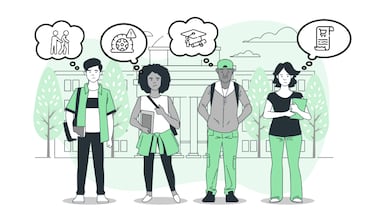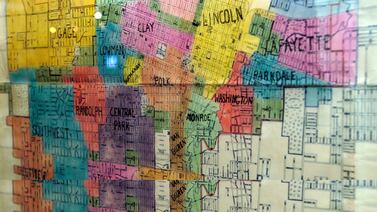Almost three months into the school year, Mayor Bill de Blasio began to lay out plans for addressing learning gaps in the wake of the coronavirus pandemic.
“Kids have gone through a lot,” de Blasio said at a press conference Thursday. “We have to be there for them in brand new ways. We have to close that COVID achievement gap. And we have to have a clear plan going into next school year to maximize achievement.”
New York City has not shared numbers about how many students may be falling behind, but data pouring in from school districts across the country show the challenge ahead is immense. The number of students receiving failing grades has risen six fold in one Maryland district, for example.
Among the ideas the mayor and Schools Chancellor Richard Carranza shared: Give more assessments to gauge what students already know. Tailor digital lessons to catch students up in subjects where they’ve fallen behind. Expand training for teachers and parents.
They are still fleshing out the details and shared few specifics about the way forward, but provided a peek into the direction the city plans to take starting this school year, and in the school year to come. Officials did not share a timeline on when they would begin implementing the plan.
Despite months of discussing the importance of in-person learning and facing harsh criticism for not doing enough to help schools shift to remote learning in the current school year, components of the roadmap to help students catch up will remain digital. The mayor and chancellor made multiple references to using digital tools to tailor lessons to individual students’ needs.
“Can you imagine the power of an individualized education plan for every student?” Carranza said. “Just think about identifying the explicit skills that students need to work on and the plan that we have to help them achieve a mastery of that explicit skill. That’s what we’re talking about with the digital curriculum.”
Personalized learning to fill gaps?
While it’s unclear what strategies the city will ultimately pursue, some of what Carranza described sounds similar to “personalized learning,” an approach that uses technology to tweak lessons based on a student’s progress. The approach has gained momentum in school districts across the country, with the backing of technology and software companies, as well as donors. There are reasons to be skeptical, however.
Personalized learning tends to be overhyped, and some specific programs have fallen short of their promises. But many deep-pocketed philanthropies have been eager to support these initiatives, which could be appealing while the city stares down a budget deficit with little hope for federal help, at least in the near-term.
Other digital strategies, such as online credit recovery classes, have produced similarly lackluster results.
Still, there are models that hold promise. Some of the city’s transfer schools — which serve students who have fallen behind in credits, and often focus on individualized instruction and intensive counseling supports — have impressive records of helping students catch up. Small group tutoring, done well, can also be effective. Asked about tutoring, Carranza said it could be a possibility, but funding is likely a challenge and a wide scale program will require support from colleges and other community institutions.
The education department is proposing making “high quality digital curriculum” available for every school, and a “digital learning hub.” Carranza said more students will now have access to devices and the internet, and teachers have gained new digital skills that should be tapped to help students catch up, even outside of school hours.
“The new normal that we’re talking about post-pandemic has really created some opportunities for us to individualize instruction and really tailor instruction for students in a way that we just didn’t have the ability to do back in March,” Carranza said.
Relying on assessments
The education department is working with teachers to select “baseline” tests to assess students’ current academic levels.
Those assessments will be useful at both the classroom-level and across the nation’s largest school system, Carranza said. The goal is to provide teachers with information about what skills they need to work on with individual students, and for the education department to gather information about which strategies are paying off, or where more work needs to be done. That, in turn, will help the system figure out how to spend its time and resources, he said.
Carranza has pushed for this kind of testing before in struggling schools, with 45-minute NWEA MAP tests administered three times a year.
“We want to use assessments that help teachers to serve children and that give a clear baseline of where kids are at, especially after all the disruption we’ve been through,” de Blasio said.
He and the chancellor are “not fans” of “obsessive” testing, the mayor said, noting that the results will be “low stakes” for governing other decisions about schools.
Big hurdles for students with disabilities
Students with disabilities face particularly high hurdles, but officials did not outline specific plans for the more than 230,000 children in New York City public schools who are mandated to receive certain supports to meet their learning challenges.
Many of these students have not been receiving all of their legally entitled services since the pandemic took hold. The city’s proposal for next year did not detail plans for make-up services those students are entitled to by law, because, Carranza said, the services are already being delivered. But the city was sued last month by families disputing this, and advocates said more needs to be done.
“This is a plan to address some of the problems with remote learning, which is important, but it’s not a plan for education recovery,” said Kim Sweet who heads Advocates for Children, which spearheaded the class-action suit. “The city needs a systemic approach for targeting evidence-based support and resources to the students who most need it, including a system for providing the make-up services students with disabilities have a legal right to receive.”








